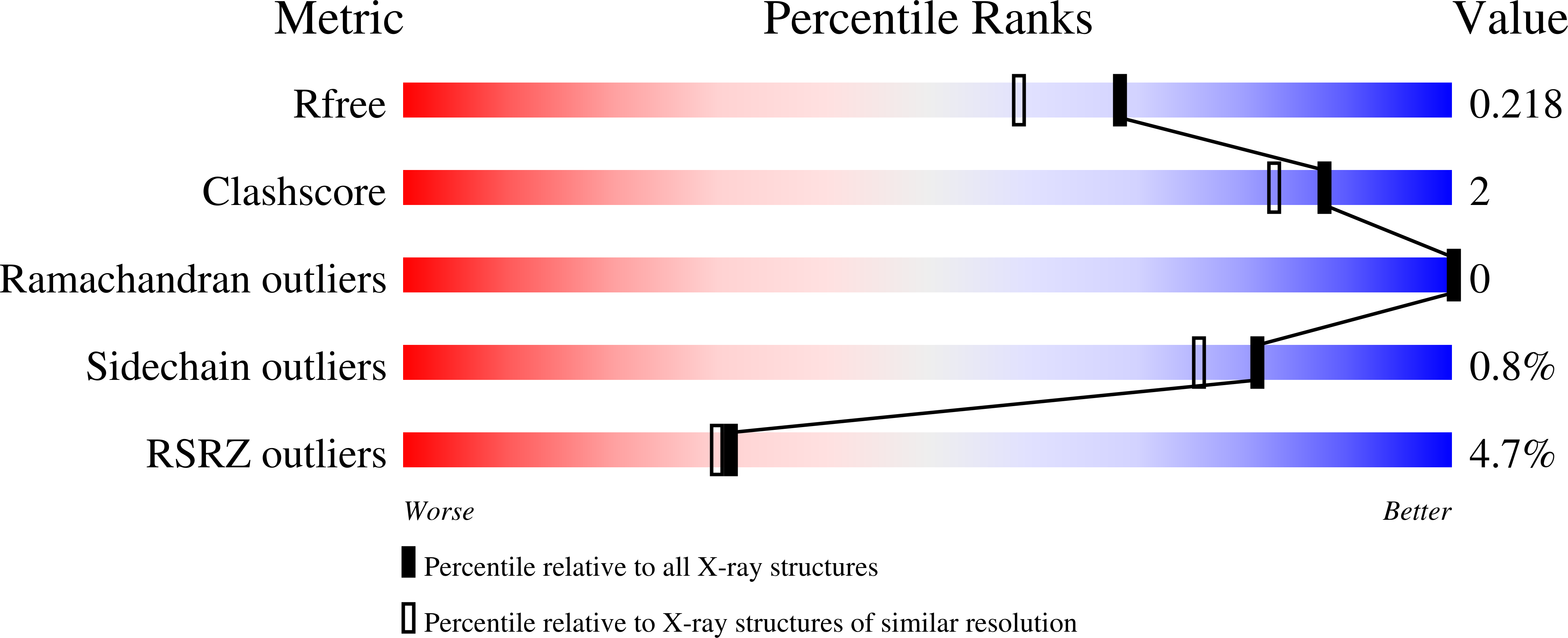
Deposition Date
2020-11-26
Release Date
2021-02-17
Last Version Date
2024-03-06
Entry Detail
PDB ID:
7KV1
Keywords:
Title:
Surface glycan-binding protein A from Bacteroides uniformis
Biological Source:
Source Organism:
Host Organism:
Method Details:
Experimental Method:
Resolution:
1.86 Å
R-Value Free:
0.20
R-Value Work:
0.16
R-Value Observed:
0.16
Space Group:
P 1 21 1


